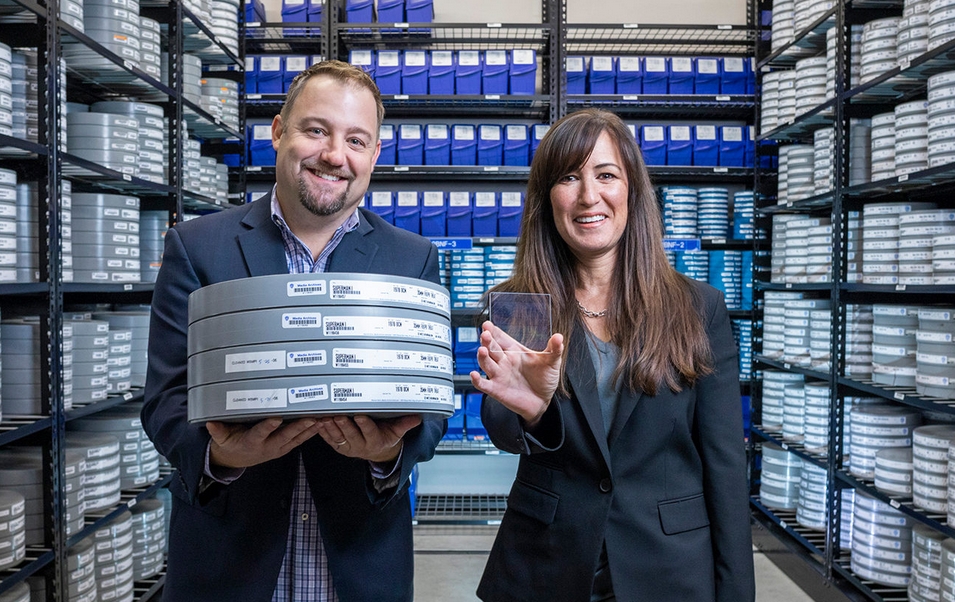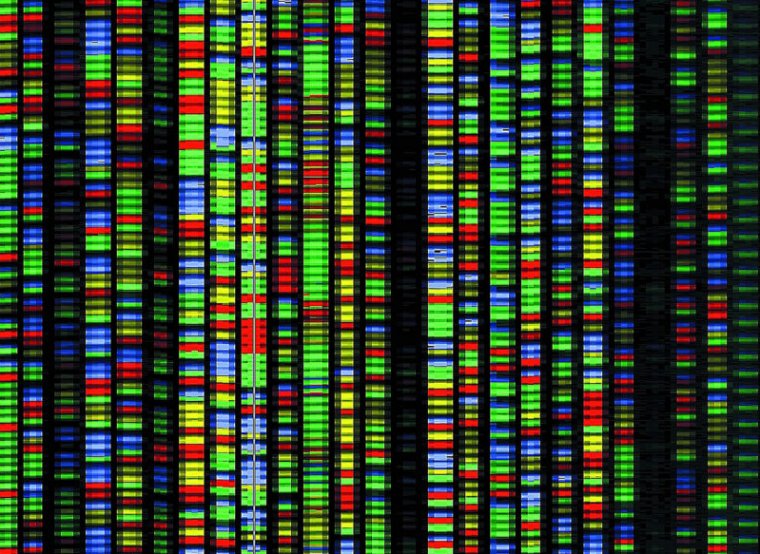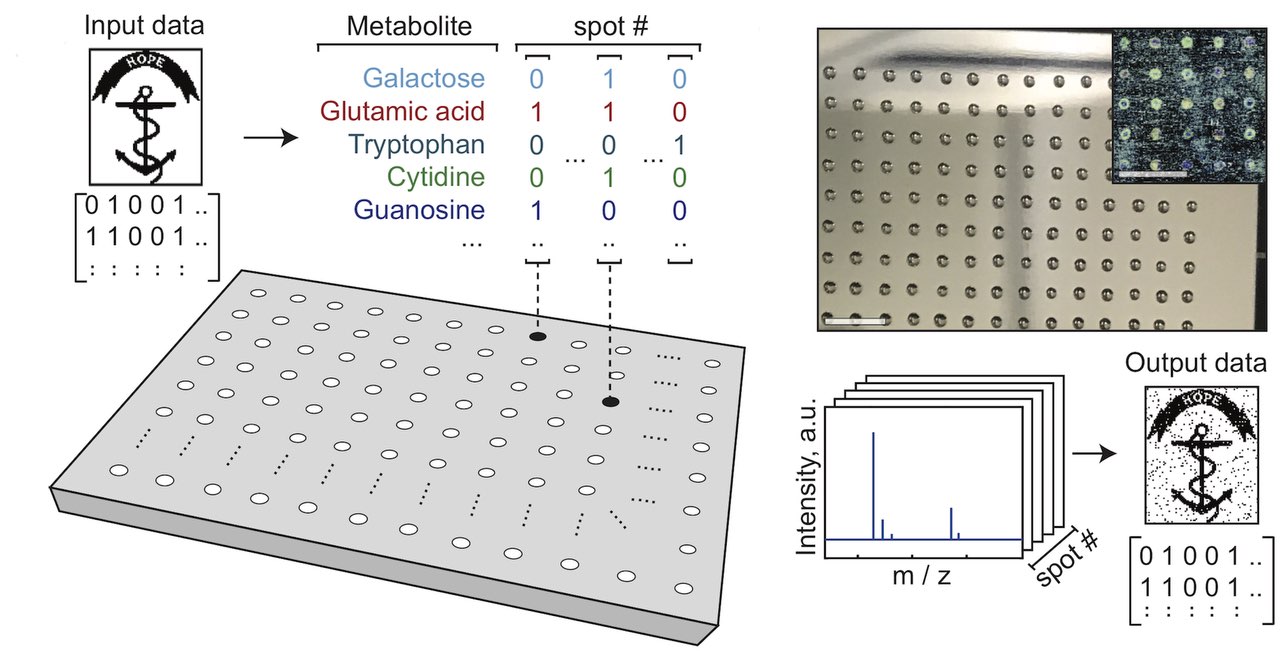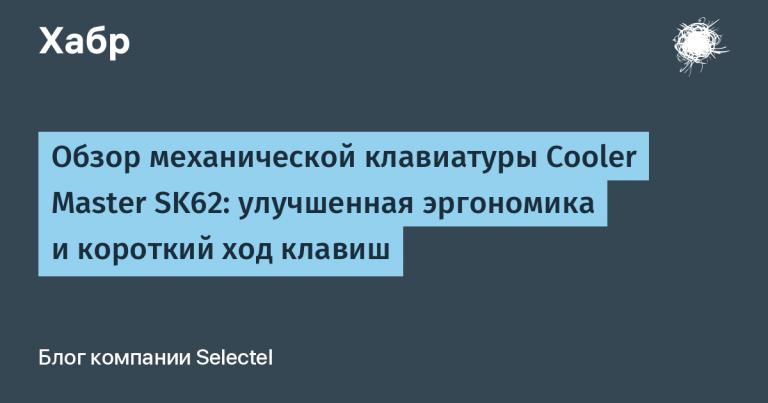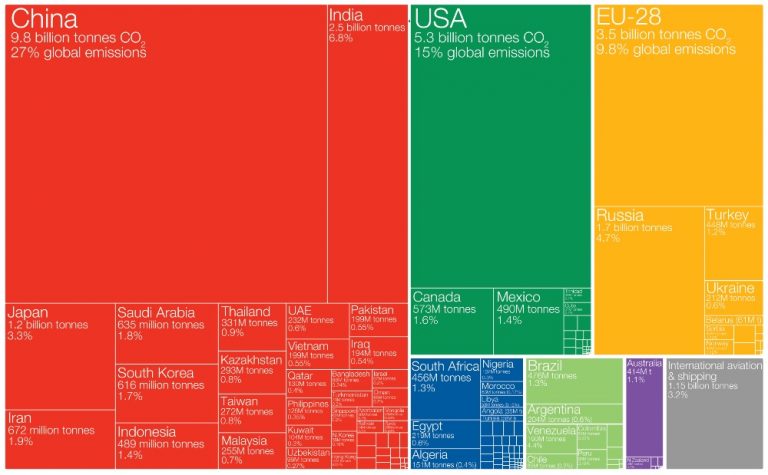Storage systems of the future: from film to bacteria

Long-term storage of huge amounts of data is one of the extremely relevant technologies. Humanity generates more and more information, and some of this data is especially important. Over time, paper turns into dust, magnetic storage degrades, laser discs suffer from “rotting” and “bronze” of the carrier layer.
What technologies will help humanity store important data for hundreds and thousands of years? It turns out that there are not so few of them, and most of them are not fiction at all, but projects that either can already be used or will be implemented in the near future.
Long-term data storage service on photographic film

The Norwegian company Piql and the Indian data center operator Yotta have developed and launched a service for long-term storage of information on photographic film. The new system, called Yotta Preserve, is intended primarily for companies and organizations that need large archives with information of various types – from text to images.
The data is recorded on Piql’s highly light-sensitive piqlFilm polyester film. Its advantage is its durability: the film does not degrade for several hundred years. The guaranteed data retention period is 500 years, but the manufacturer claims that the data will remain readable for up to 1000 years.
According to the authors of the project, it has two advantages:
- information is recorded on a physical medium;
- storage is realized in digital form, although, if necessary, recording of analog information is also possible.

You can store any type of content, including video, audio, handwritten documents, images, etc. Film format – 35 mm familiar to photographers. Together with the archives, illustrations and instructions for decrypting data are stored – in case they need to be accessed after several generations.

By the way, Piql is also known for the fact that the company has digitized and recorded on tape GitHub data of 21 TB. The archive is kept in a specially equipped mine on the island of Spitsbergen – the notorious “Doomsday Vault”.
Quartz media – technology from the University of Southampton team
For the first time, it became known about the creation of a working technology for recording data on a quartz medium in 2013. In the so-called “memory crystals” made of quartz, information is recorded from five different characteristics, including coordinates in three dimensions, orientation and volume. The creators of the technology have learned to control the last two parameters using the polarization and intensity of the laser beam.
In 2013, a text file of 300 kilobytes was recorded on a quartz disc. Then the data was recorded using a femtosecond laser with a wavelength of 1030 nm, pulses of 8 microjoules with a duration of 280 femtoseconds at a frequency of 200 kHz. The laser was used to burn out points arranged in layers in a crystal. The distance between them was 5 μm.
The burned-out points change the polarization of the light passing through the quartz. With the help of a specialized system that includes an optical microscope and a polarizer, the information can be read. The project is gradually developing, although not particularly quickly. Since the inception of the technology, such documents and books as the Universal Declaration of Human Rights, Newtonian Optics, Magna Carta, and the Bible have been recorded on quartz discs.
